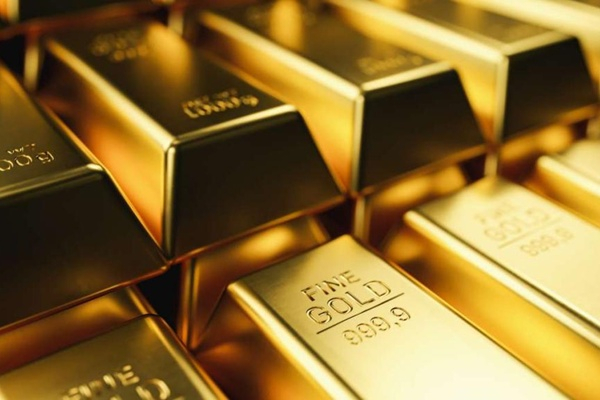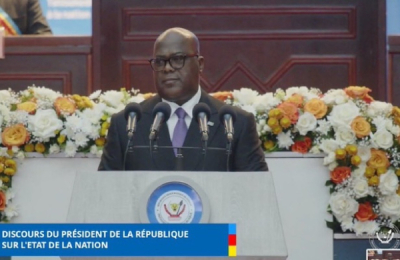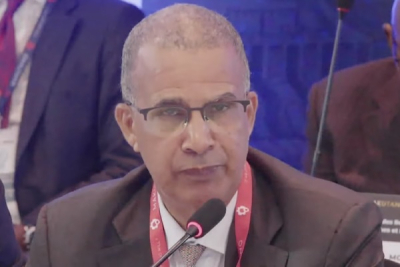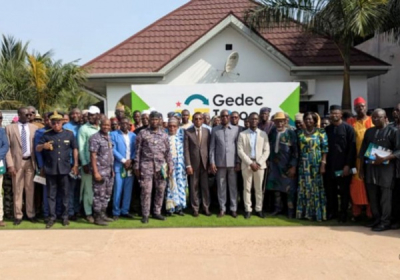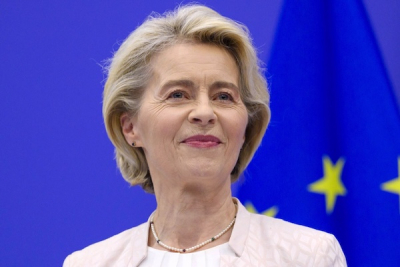Between January and September 2024, Kibali Gold exported 19.55 t of gold from the Democratic Republic of Congo (DRC). This output was valued at $1.02 billion, according to the DRC’s Technical Cell for Mining Coordination and Planning (CTCPM). Bankable found that such a record hadn’t been achieved since 2020, value-wise. Volume-wise, the company exported less gold in 2024, compared to 2023, over the period reviewed. Meanwhile, the Kibali mine produced 4.91 t of gold.
In the first nine months of 2024, gold sold for $1,630.65 per ounce on average, against $1,315.31 in 2023, over the same period, thus 24% up year-on-year. Kibali Gold’s top stakeholders–Barrick Gold and AngloGold Ashanti–tried to take advantage of the surge in gold prices.
While Kibali Gold's performance is commendable, it highlights a persistent imbalance in gold exports from the DRC. A comparison between the price per ounce exported by Kibali and the average annual price set by the London Bullion Market Association (LBMA) reveals a systematic discrepancy, with this gap reaching its highest level since 2021 in the first nine months of 2024. Additionally, artisanally produced gold, now centralized and marketed by DRC Gold Trading (formerly Primera Gold), is estimated at $2,100 per ounce.
Écart entre les prix de Kibali Gold et ceux du marché
Due to the lack of transparency surrounding Kibali's gold marketing processes, it is difficult to determine the reasons behind these price discrepancies. Financial reports often lack detailed information that would help clarify these differences. However, several hypotheses can be considered.
One possibility relates to sales methods. Unlike other players who sell raw gold directly to buyers, Kibali Gold may utilize forward sales agreements or specific marketing structures that could affect the final price.
Another possibility relates to costs associated with transporting gold to international markets. The Kibali mine is located approximately 220 kilometers east of Isiro, Haut-Uele's provincial capital, which lacks a modern airport and reliable road infrastructure. Transportation options are limited to the Ugandan border town of Arua, about 150 kilometers to the west, or the Kenyan port of Mombasa, which is 1,800 kilometers away.
These logistical challenges likely incur additional costs for transporting and securing gold, ultimately reducing net selling prices. According to Kibali executives, marketing costs for 2024 are anticipated to range between $740 and $820 per ounce an expense that could partially explain this year's observed price variance.
In a press release issued in November 2024, Kibali Gold executives emphasized their company's economic contributions to the DRC. They reported generating $5.4 billion since operations began, including $1.66 billion in taxes and royalties and $2.87 billion in contractual services. Kibali Gold is the DRC’s largest industrial gold producer.
Assuming an average lifespan of 11 years for the firm’s 10 permits listed in the Mining Cadastre database, Kibali Gold’s contribution stands at an estimated value of $509 million per year compared to an average annual export value of $911.18 million, with 90% benefiting major shareholders Barrick Gold and AngloGold Ashanti.
Georges Auréole Bamba






